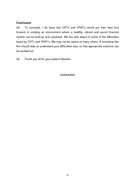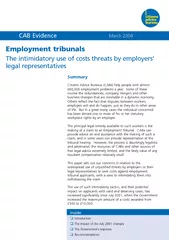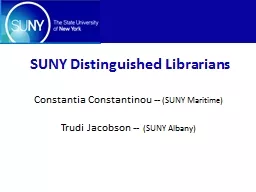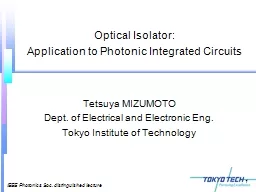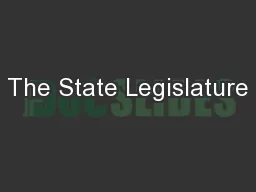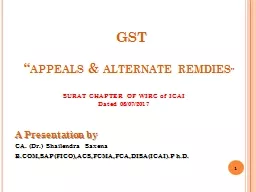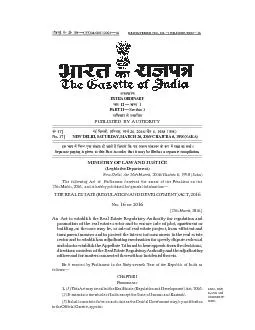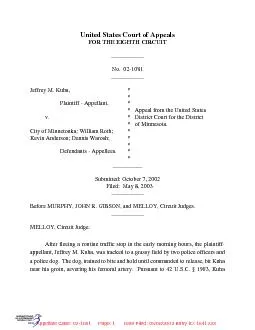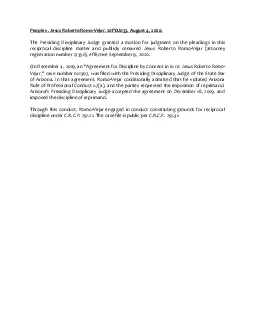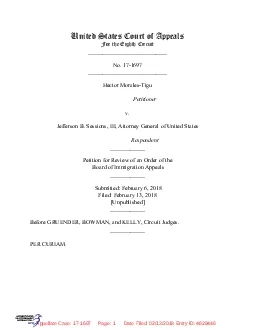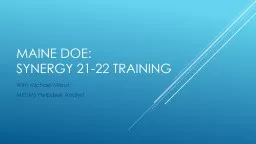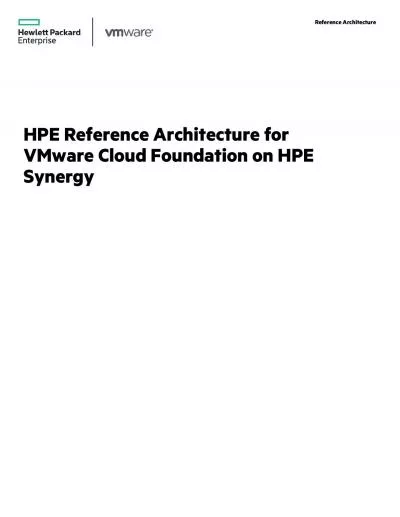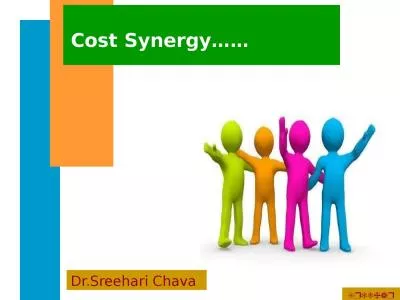PDF-Banks Debt Recovery a nd Regulations A synergy Honourable Judges of Debt Recovery Appellate
Author : luanne-stotts | Published Date : 2015-01-17
It is an honour for me to address y ou all here at this Workshop organised under the aegis of CAFRAL This Workshop comes at a very opportune time when banks are
Presentation Embed Code
Download Presentation
Download Presentation The PPT/PDF document "Banks Debt Recovery a nd Regulations A s..." is the property of its rightful owner. Permission is granted to download and print the materials on this website for personal, non-commercial use only, and to display it on your personal computer provided you do not modify the materials and that you retain all copyright notices contained in the materials. By downloading content from our website, you accept the terms of this agreement.
Banks Debt Recovery a nd Regulations A synergy Honourable Judges of Debt Recovery Appellate: Transcript
Download Rules Of Document
"Banks Debt Recovery a nd Regulations A synergy Honourable Judges of Debt Recovery Appellate"The content belongs to its owner. You may download and print it for personal use, without modification, and keep all copyright notices. By downloading, you agree to these terms.
Related Documents

